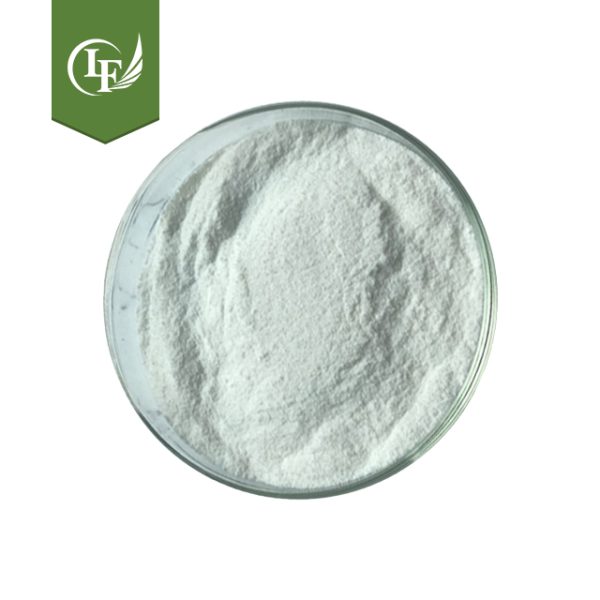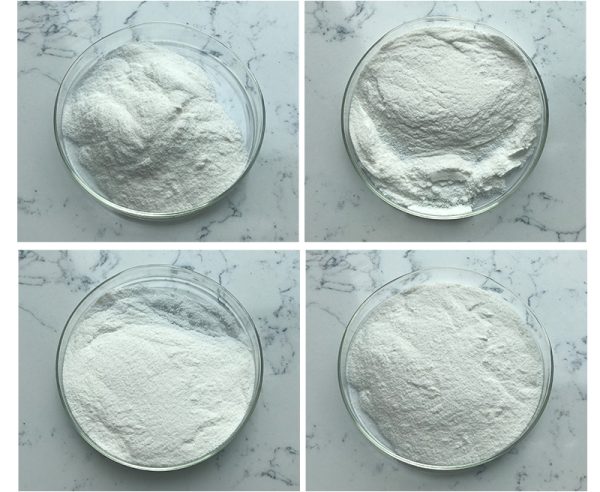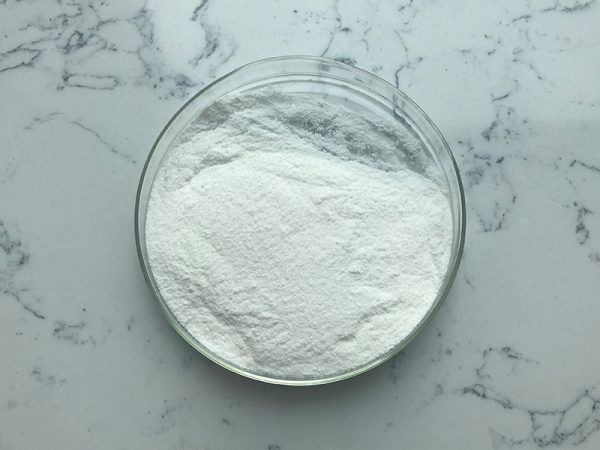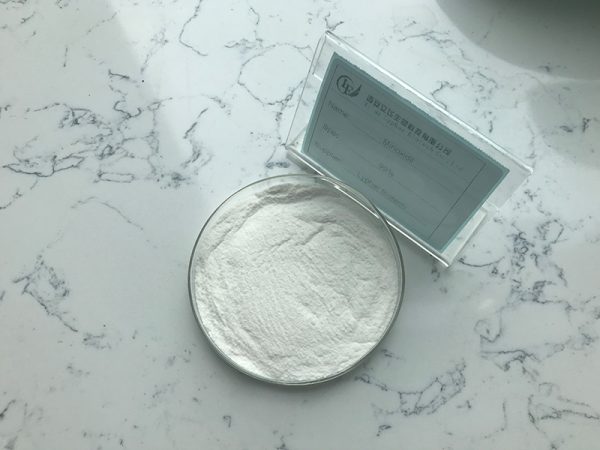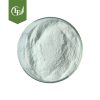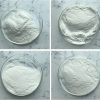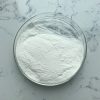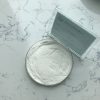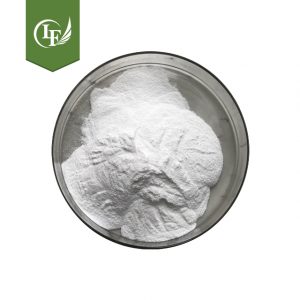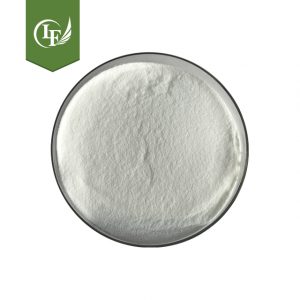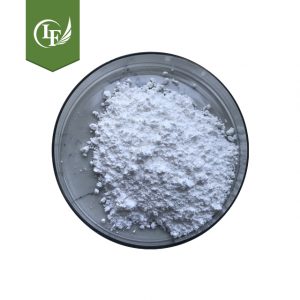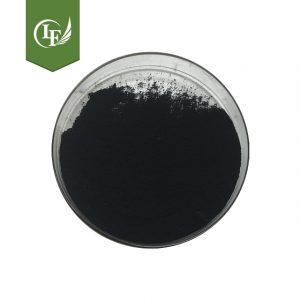Minoxidil
Minoxidil, a potent direct-acting peripheral vasodilator (vasodilator agent) that reduces peripheral resistance and produces a fall in blood pressure. Minoxidil It’s approved by the FDA for use in men and women for androgenic alopecia or genetic-based hair loss, also known as male pattern hair loss. It is available over the counter for the treatment of androgenic alopecia, among other baldness treatments, but measurable changes disappear within months after discontinuation of treatment. Its effectiveness has largely been demonstrated in younger men (18 to 41 years of age), the younger the better, and in those with balding in the central (vertex) portion of the scalp.
Description

| Product Name | Minoxidil |
| CAS No | 38304-91-5 |
| Sample | Available |
99% purity minoxidil powder

“Unleashing the Power of Hair Growth: The Minoxidil Journey with Lyphar”
Understanding Minoxidil: A Game Changer in Hair Regrowth
One of the most effective treatments for hair loss is Minoxidil. Its unique properties stimulate the proliferation and differentiation of hair follicle epithelial cells, promote angiogenesis, and open potassium channels. This multi-pronged approach offers a holistic solution to hair loss, going beyond merely treating symptoms.
Minoxidil: The Mechanism of Action
Minoxidil works through several mechanisms. First, it relaxes the smooth muscles of blood vessels, promoting blood flow and aiding hair growth. It also has the unique ability to end the resting phase of hair growth early, extending the active phase and promoting the transformation from the resting to the growth phase. Further, Minoxidil stimulates the proliferation of hair follicle cells, enhancing the transformation of vellus hair to terminal hair. It promotes angiogenesis, which increases the local blood supply and nutrient supply. Lastly, it can inhibit the infiltration of T lymphocytes around hair follicles and promotes the reopening of closed blood vessels.
Creating Your Own Minoxidil Solution: A DIY Guide
The popularity of Minoxidil lies in its efficacy and versatility, as it can be incorporated into numerous anti-hair loss and hair growth products. To make your own 5% Minoxidil solution, you will need Minoxidil powder, medicinal alcohol, propylene glycol or glycerol, and purified water. The detailed steps to create the solution are provided, ensuring you can create an effective solution at home. However, be sure to store the solution in a dark-colored bottle to prevent discoloration due to exposure to strong light.
Minoxidil and Finasteride: A Powerful Combination
When discussing anti-hair loss products, Minoxidil and Finasteride often come up. Both are effective treatments for male pattern hair loss, but they work in different ways. Minoxidil is a topical solution or foam that directly affects the scalp, while Finasteride is an oral medication that impacts the entire body. While Minoxidil increases blood flow to the hair follicles, Finasteride protects hair follicles from DHT. Studies have shown that these two products can be used together for even more effective results.
Lyphar: The Leading Minoxidil Powder Supplier
As a top-rated Minoxidil Powder Supplier, Lyphar prides itself on its high manufacturing and production standards. They’re committed to providing the best quality Minoxidil powder to ensure your hair regrowth journey is a successful one. With Lyphar, you can trust that you’re getting the best product possible for your hair growth needs.
Quality Control and Assurance at Lyphar
At Lyphar, the production of Minoxidil powder is subjected to rigorous quality control procedures. The company utilizes cutting-edge technology and follows the highest international standards for pharmaceutical manufacturing. This ensures the purity, efficacy, and safety of their Minoxidil powder. Their commitment to quality has earned them the trust of customers worldwide.
The Versatility of Minoxidil
Minoxidil’s versatility allows it to be used in a variety of hair loss and hair growth products. From topical solutions to foams, the products containing Minoxidil cater to the diverse needs of consumers. For those looking to create their own Minoxidil solution, Lyphar’s high-quality Minoxidil powder is an excellent choice.
Understanding Side Effects and Safety
While Minoxidil is a potent and effective treatment for hair loss, it’s important to be aware of potential side effects. During the initial months of use, increased hair loss may occur due to the disruption of the hair growth cycle. This is a normal part of the process, as new ones replace the old hairs. In the long term, Minoxidil use can lead to denser, thicker hair. As with all treatments, it’s crucial to use Minoxidil as directed by a healthcare provider to ensure safety and effectiveness.
Minoxidil and the Future of Hair Regrowth
As a leading Minoxidil Powder Supplier, Lyphar is excited about the future of hair regrowth treatments. With ongoing research and development, the potential of Minoxidil continues to unfold. New formulations and applications are being explored to provide even more effective solutions for hair loss. With Lyphar’s commitment to quality and innovation, you can expect to be at the forefront of these exciting advancements.
Partnering with Lyphar: Ensuring Success in Your Hair Regrowth Journey
Choosing Lyphar as your Minoxidil Powder Supplier means partnering with a company committed to your success. Whether you’re a consumer looking for high-quality products or a business seeking a reliable supplier, Lyphar is ready to support your needs. With their industry expertise and commitment to quality, Lyphar is the partner you can trust in your hair regrowth journey.


- More Than 10 Years Experience in the Field of Health and Export (Established in 2011, And Developed 3 Branch Companies)
- Certificate Of ISO, Halal
- High Standard Workshop And Visitors Welcome At Any Time
- Professional Team
- Providing OEM Service
- Transaction Guarantee And Convenient Payment Terms Available
- Professional Packing And Custom Packing Service
- Providing Visual Delivery Process
- Providing Refunds Or Exchanges Service

We Provide You With The Sincerest And Most Professional Service As follows
1. Sales
- 24 Hours of Online communication
- Sharing of Market Information Trend
- Suggestion for Purchase Decision
2. Payment
- Different Payment Terms: TT, LC, And So On
- Multiple Payment Methods: Bank Transfer, Credit Card, Paypal Etc.
- Funds Risk Control
3. Shipment Conditions
- Fast Shipping Within 3 Working Days Usually
- Update for Full Shipment Process From China to Destination
- Cooperation for Fast&Smooth Custom Clearance at Destination
4. Reputation
- Implementing Contract Terms Strictly
- Timely Solving Any Discrepancy or Goods Claims
- Responsible for Loss Under Our Liability Others
5. Others
- Assistant: Sample Working; Help You Solve The Problem in China
- Registration: Professional Team for Registration in Market
- Technology: Rich Experienced Technician to Support

